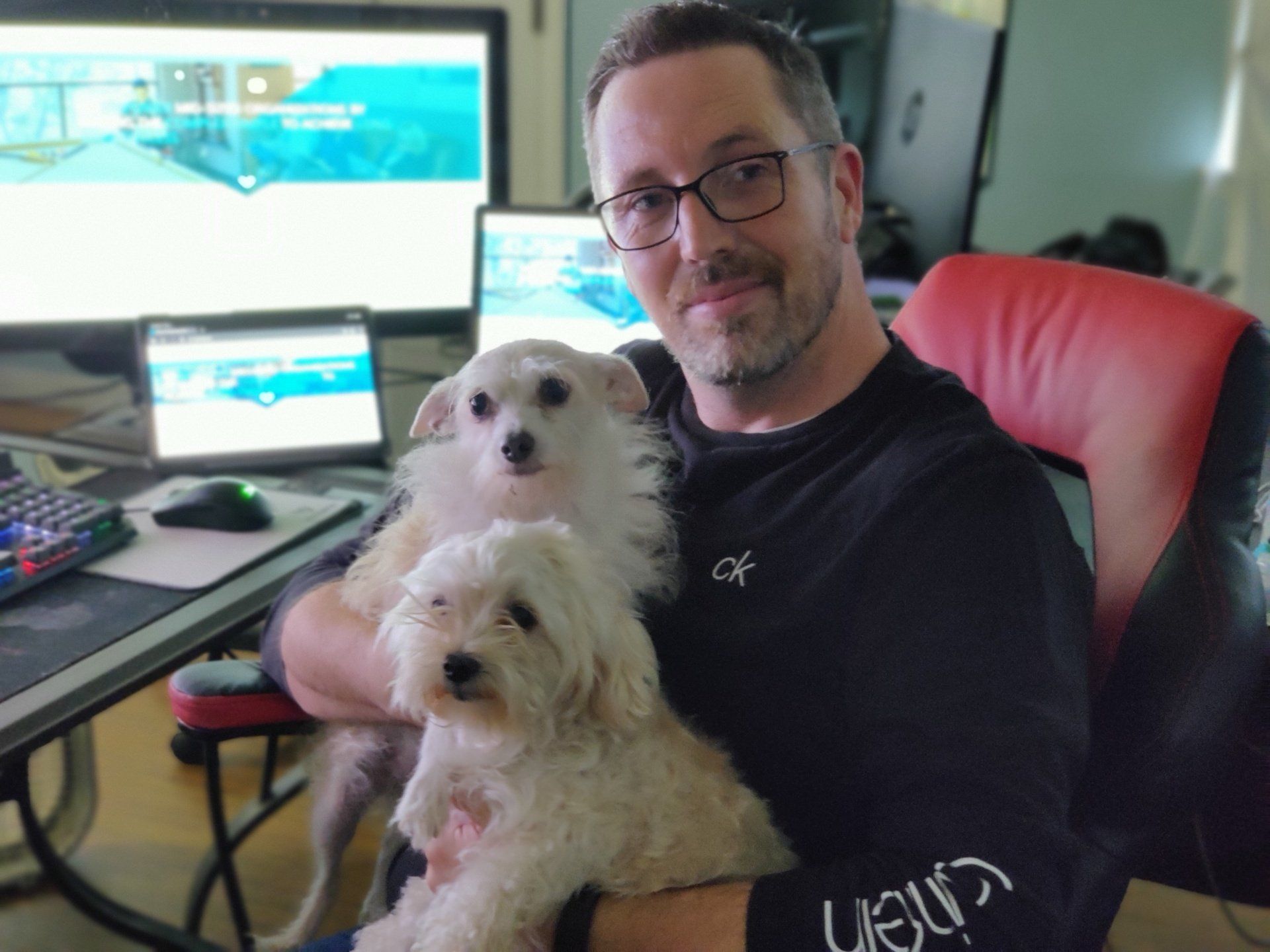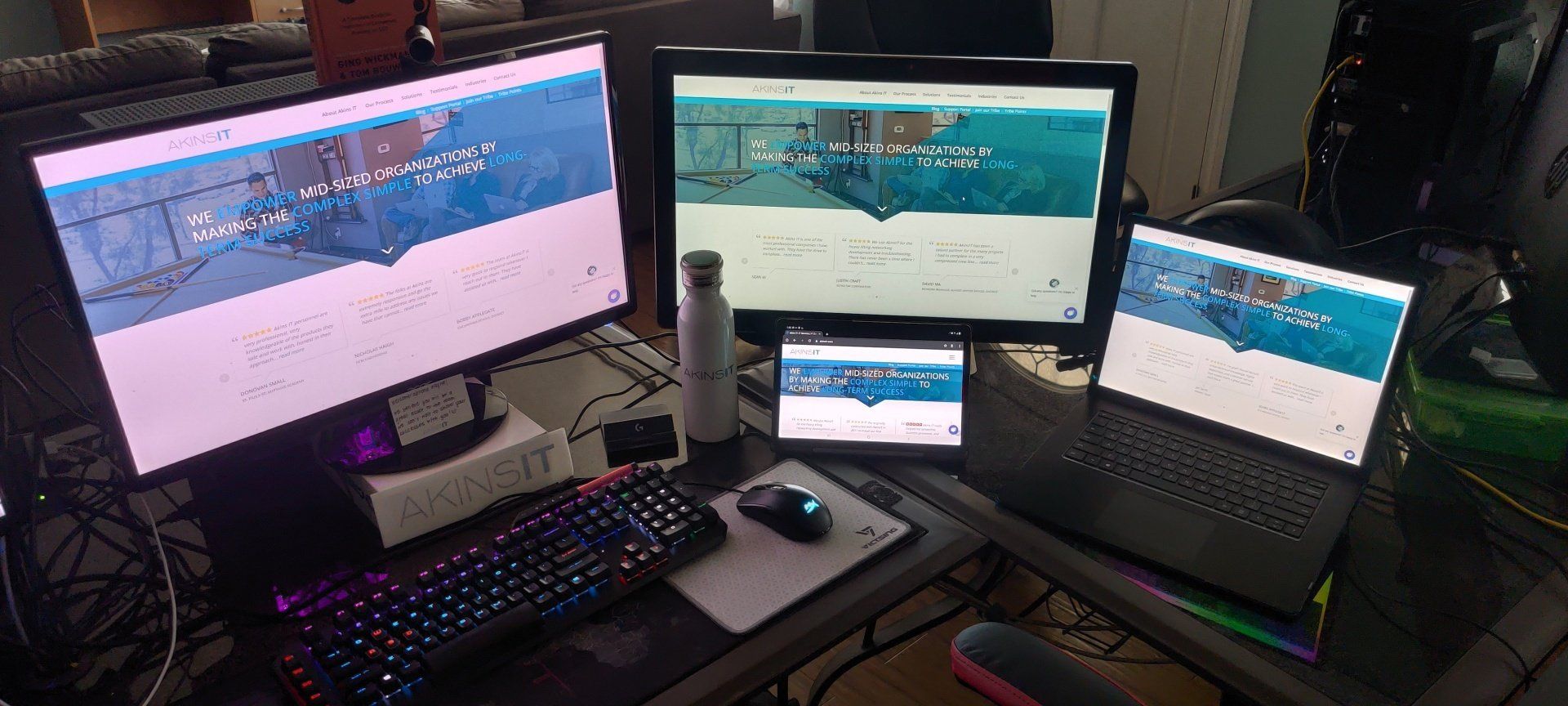Taking on the role of IT Manager is our most recent hire, Wayne Armstrong! Wayne has years of IT experience- working in the education and gaming industry, and even previously being the owner of an IT company for 10 years. His has a degree in Software & Full Stack Development, Associates in Telecommunications & Electronics, and many certifications. With his knowledge and experience, we know Wayne will be a valuable asset to the team and can't wait to see the things he will do in his new role!
Hiring on a new team member remotely during COVID was new to our leaders, so we'd like to show the work from home experience from our team members' perspective. Learn more about Wayne's experience below!
HOW HAS YOUR WFH EXPERIENCE BEEN FOR YOU?
Like everyone, working from home has been a roller coaster. Being home with the Family has been great, but I miss seeing everyone at the Office.
HOW DID THE TRANSITION GO FOR YOU?
It was not easy at first. The loss of routine was the hardest thing to get over. But you adapt quickly and move on.
ANY BENEFITS WORKING FROM HOME?
NO TRAFFIC YES!!!!!!!!!!!!!!!!!!!!!! Time with the family I would never normally get.
ANY CHALLENGES WORKING FROM HOME?
Routine. Hard to be professional when you just got up out of bed, you’re in your PJs, hair is all over the place and your breath smells like butt!!!
HOW IS WFH DIFFERENT THAN GOING INTO THE OFFICE?
Working with people, seeing them every day, it helps build long lasting relationships. We can do that remotely though, it just takes longer.
WHAT CHANGES DID YOU HAVE TO MAKE WORKING FROM HOME?
Well, we’re all gamers in the house so my front room looks like mission control anyways. So no change there.
ANY NEW HOBBIES PICKED UP DURING QUARANTINE? OR SOMETHING NEW YOU LEARNED?
I learned that in the house, it’s my Wife’s world and I just live in it.






